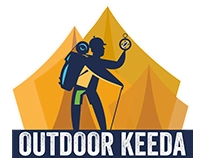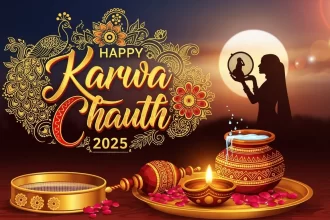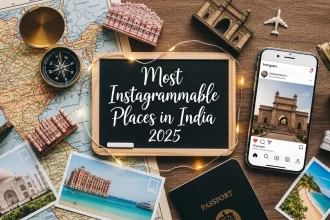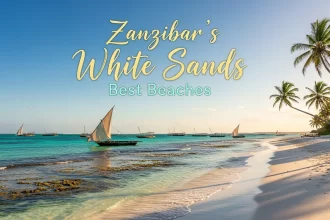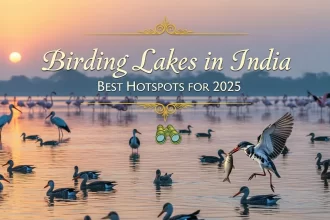Some treks feel like stories. The Pin Bhaba Pass Trek is one of them. It begins in the lush, green valleys of Kinnaur, Himachal Pradesh where rivers crash through pine forests and wildflowers paint the meadows. And slowly, with every step, it transforms. By the time you cross the pass at 4,915 meters, the world on the other side has changed, dry, stark, beautiful in its emptiness. That’s Spiti. This crossover between two dramatically different landscapes makes the trek feel almost surreal. One day, you’re walking through dense forests. A few days later, it’s all brown ridges, painted skies, and ancient silence. The contrast is not just in terrain, it’s in mood, in air, in spirit.
Why choose the Pin Bhaba Pass Trek ?
Because it gives you the best of both worlds. If you’ve ever stood in Kinnaur and wished to explore Spiti, or vice versa, this is your chance to do both on foot. The trail is diverse, emotional, and surprisingly remote. It’s not crowded like some popular Himachal treks. And that gives it a certain wild magic.
It’s also a great step up for trekkers who’ve done moderate trails and are ready for something more intense, more immersive, more rewarding. The views are vast, the campsites feel unreal, and the past day though challenging is an experience you’ll carry with you for years.
Trek Highlights –
- Kafnu Village
Starting point of the trek and one of the last villages in Kinnaur before the wilderness begins.
- Mulling Meadows
Lush green meadows tucked between forest and mountain, perfect for your first night under the stars.
- Kara and Pushtirang Campsites
Wide, open valleys surrounded by rocky cliffs. The landscape begins to shift, and the air gets thinner.
- Pin Bhaba Pass
The high point of the trek is 4,915 meters. From here, Spiti opens up in front of you like a world untouched.
- Spiti Descent
The descent into the Pin Valley is unforgettable stark ridges, colorful mountains, and no sign of green for miles.
Day-wise Itinerary –
- Day 1: Drive from Shimla to Kafnu
A scenic drive through the Sutlej Valley into Kinnaur. Kafnu is a quiet village, your last connection to the road before the trail begins.
- Day 2: Trek from Kafnu to Mulling
A moderate ascent through pine forests and stream crossings. The meadows of Mulling are ideal for acclimatization.
- Day 3: Mulling to Kara
Gradually gain altitude as you walk through boulder fields and along riverbeds. Camp near a beautiful glacial stream.
- Day 4: Kara to Pushtirang
The last major campsite before the pass. The landscape becomes rocky and barren. Rest well for the summit day ahead.
- Day 5: Pushtirang to Pin Bhaba Pass to Mangrungse
Start early for a steep climb to the pass. From the top, take in views of both Kinnaur and Spiti. Descend carefully into the other side. Camp in Spiti’s silence.
- Day 6: Mangrungse to Mudh Village
A long but gentle descent through Spiti’s open valleys. Reach the welcoming village of Mudh, where the trek ends.
- Day 7: Drive to Kaza or back toward Manali
Celebrate your journey and explore more of Spiti if you wish. Kaza is the cultural heart of the valley and a great place to unwind.
Difficulty Level and Preparation –
This is a moderate to difficult trek. The altitude gain is real, and the pass day can be long and cold. But if you’ve done a few multi-day treks before and are reasonably fit, it’s entirely doable.
Prepare at least 4 to 6 weeks in advance with –
- Cardio training: running, cycling, brisk walking
- Leg strength: squats, lunges, stair climbs
- Backpack practice: short hikes with 5–7 kg weight
- Altitude prep: stay hydrated, avoid rushing, and rest when needed
Best Time to Visit –
Mid-July to mid-September is the best time for the Pin Bhaba Pass Trek.
During this window, the snow has melted enough to make the pass accessible, and both the Kinnaur and Spiti sides are at their most dramatic.
Avoid early June and late September as weather becomes unpredictable and conditions unstable.
Permits and Guidelines –
The trek falls under forest and tribal zones, so permits are required. Your trek organizer will typically handle these.
What you need to carry –
- Government-issued ID
- Medical fitness certificate
- Passport and visa (for international trekkers)
Follow leave-no-trace ethics. Carry back your waste, stay on trail, and respect local customs in villages.
Accommodation and Essentials –
Before and after the trek, stay in homestays or guesthouses in Kafnu and Mudh. On the trail, accommodation is in tents, basic but memorable.
Pack essentials include –
- Trekking boots with ankle support
- Layers: thermal, fleece, and down jacket
- Rain gear and sun protection
- Trekking poles, gloves, woolen cap
- Reusable water bottle, energy bars
- Headlamp and power bank
- First aid kit and altitude sickness medication
Pin Bhaba is not just a trek. It’s a crossing. Between green and brown, between lush and stark, between everything familiar and everything wild. It doesn’t just shift landscapes, it shifts something inside you. For those willing to walk a little longer, climb a little higher, and feel a little smaller in front of something so vast, Pin Bhaba is a journey worth taking. It won’t shout for attention. But it will whisper to your heart. And long after you’ve left, it will still be echoing somewhere inside.
